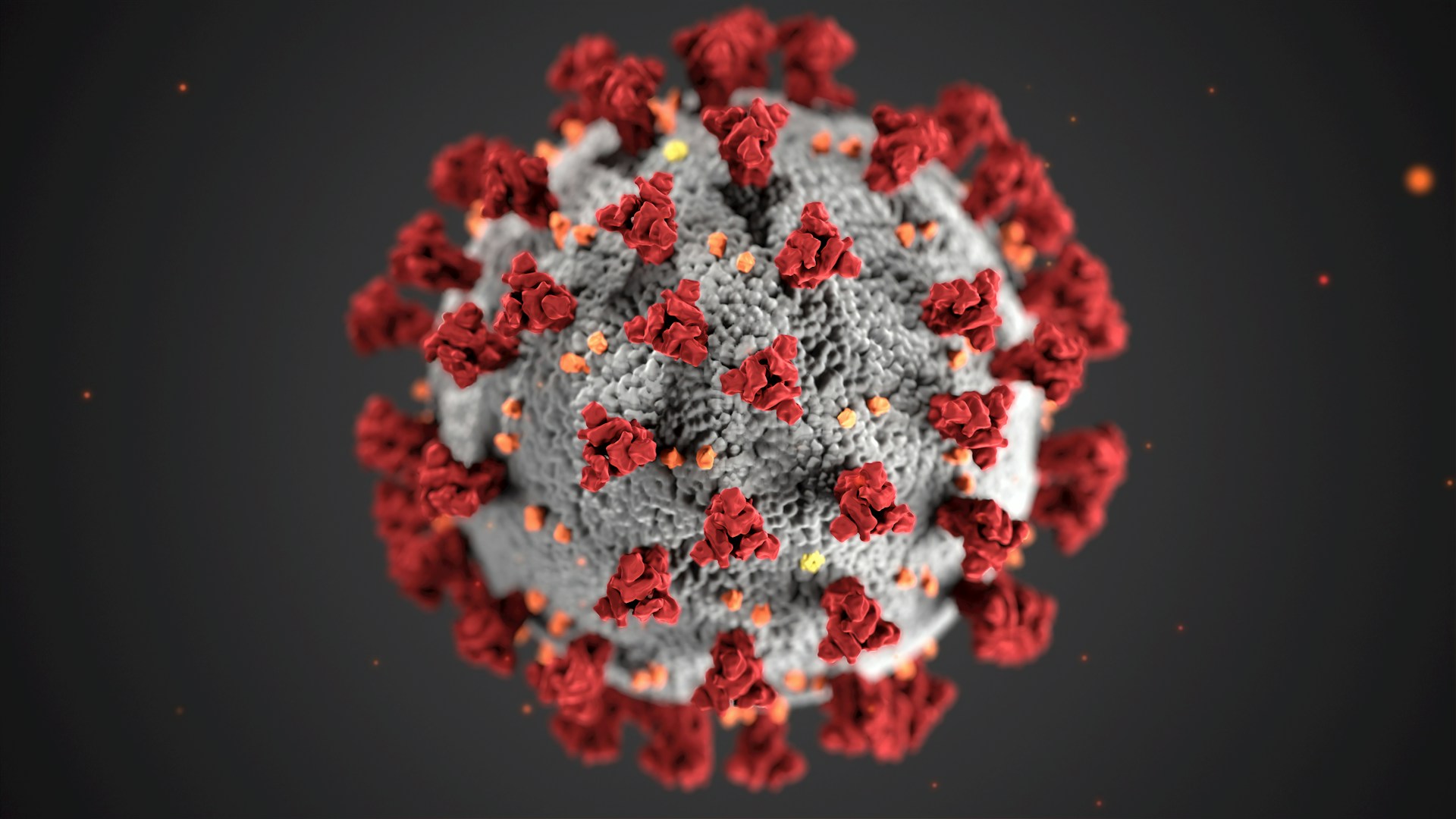Bacteria’s Worst Nightmare: The Mechanism of Antibiotics

Antibiotics—a name that brings terror to the microbial community—is what we thought, but now even microorganisms have leveled their defenses against antibiotics. However, this article will cover how antibiotics destroy the target microorganism. We will discuss the mode of action of some antibacterial drugs (antibiotics created to kill bacteria) that inhibit cell wall synthesis. The two main classes of drugs that inhibit the cell wall synthesis of bacteria and lead to its destruction are penicillin and cephalosporin. Let’s dive into the details of their mechanism.
Penicillin
Penicillin is bactericidal (the ability of a substance to kill bacteria), but it kills bacteria when they are growing. The reason is that when new cells are growing, peptidoglycan (a polymer that is composed of polysaccharides and peptide chains that forms a mesh-like layer outside the plasma membrane of most bacteria, forming the cell wall) is synthesized and transpeptidation occurs (a biochemical reaction that involves the formation of cross-links between adjacent peptidoglycan chains). It is to be noted that since no new cross-linkages are required in non-growing cells, the penicillin is inactive.
Penicillin is called β-lactam drugs because of the presence of a β-lactam ring (a four-membered ring that is a structural unit in many antibiotics and is essential for their antimicrobial activity). Penicillin acts by inhibiting transpeptidases, the enzymes that catalyze the final cross-linking step in peptidoglycan synthesis. Two additional factors are involved in penicillin action:
- Penicillin binds to specific proteins in bacteria called penicillin-binding proteins; some of these proteins are transpeptidases.
- The action of autolytic enzymes called murein hydrolases, which get activated in penicillin-treated cells and degrade the peptidoglycan, ultimately killing the bacteria.
Penicillins act only on “certain bacterial strains” like gram-positive rods and cocci, spirochetes, and many anaerobes (except Bacteroides fragilis).
Cephalosporins
Cephalosporins are another class of cell wall-inhibiting antibiotics. Like penicillin, they also inhibit the cross-linking of peptidoglycan. The only difference is their structures. Cephalosporins have a six-membered ring adjacent to the β-lactam ring and are substituted in two places on the 7-aminocephalosporanic acid nucleus, whereas penicillins have a five-membered ring adjacent to the β-lactam ring and are substituted in only one place.
Cephalosporins are categorized into first, second, third, fourth, and fifth generations, with each generation having expanded coverage against certain gram-negative rods. Categorization is because of resistance of bacteria to previous generations of cephalosporins. Cephalosporins are generally well-tolerated, work against a broad range of organisms, and produce fewer hypersensitivity reactions than penicillins. Penicillin-allergic patients have a 10% chance of being hypersensitive to cephalosporins.
Adverse Reactions and Hypersensitivity
Penicillins are nontoxic at clinically effective levels. However, there are some major disadvantages of these compounds, notably hypersensitivity, with a reported prevalence of 1% to 10% of patients. The most serious hypersensitivity reactions are IgE-mediated, giving rise to bronchospasms, urticarial rash, and anaphylactic shock. IgG-mediated and cell-mediated hypersensitivity also commonly occur and are manifested as non-urticarial skin rash, hemolytic anemia, nephritis, and drug fever. While these manifestations are not considered true allergies and are not life-threatening, they are adverse reactions, and an alternative antibiotic should be considered for such patients.
To determine if one is allergic to penicillin, a skin test is done using penicilloyl-polylysine as a test reagent. A wheal and flare reaction occurs at the site of injection in allergic individuals. If patient treatment only requires penicillin, the patient needs to be desensitized under the supervision of a trained allergist.
Similar Post You May Like
-

CFCs, HFCs and their long, troubled history
At its peak, the ozone hole covered an area 7 times larger than the size of Europe, around 29.9 million km2, and was rapidly expanding
-

The Origin of Universe: Deciding point where it all began!
Let us unravel and surf through the ideas throughout ages to understand what the universe and its origin itself was to its inhabitants across history.
-

The Artemis Program
Inspired by the Greek goddess of the Moon, twin sister to Apollo, the artimis program was named on 14 May 2019 by Jim Bridenstine.






